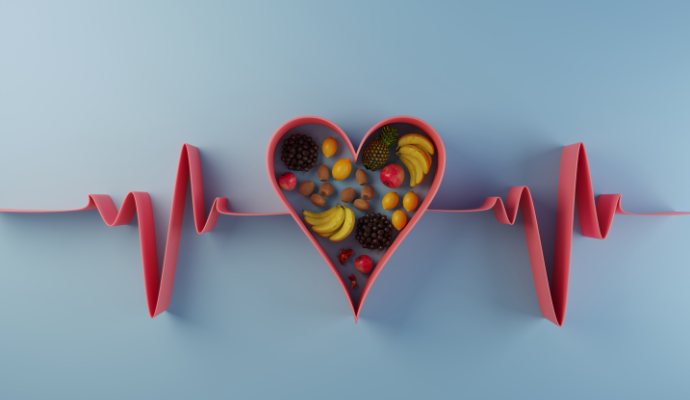

Food security is perhaps one of the most commonly discussed social determinants of health, with the medical and public health industries standing poised to address it.
According to Healthy People 2030, food insecurity is “a household-level economic and social condition of limited or uncertain access to adequate food.”
Food insecurity has two different levels of severity, per the US Department of Agriculture (USDA). Low food insecurity indicates limited access to healthy, nutritious, or high-quality food. Low food insecurity is not always associated with hunger.
High food insecurity, however, is usually associated with hunger. High food insecurity is associated with low food intake and disrupted eating patterns, the USDA says.
Nearly 118 million Americans were food insecure throughout 2021, USDA figures show. Specifically, they aren’t eating enough food labeled nutritious and are consuming too much food that could have adverse health consequences.